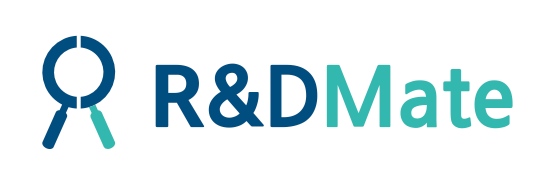Bioworld
SKU(재고 관리 코드):GCP59
SF1 polyclonal antibody
SF1 polyclonal antibody
The orphan nuclear receptor, steroidogenic factor 1 (STF-1, also called Ad4BP), is encoded by the NR5A1 gene and plays an instrumental role in directing the transcriptional control of steroidogenesis. Initially identified as a tissue-specific transcriptional regulator of cytochrome P450 steroid hydroxylases, research studies of both global and tissue-specific knockout mice have demonstrated that STF-1 is required for the development of adrenal glands, gonads, ventromedial hypothalamus, and for the proper functioning of pituitary gonadotropes. Indeed, humans with mutations that render STF-1 transcriptionally inactive can present with testicular failure, ovarian failure, and adrenal insufficiency. Furthermore, dysregulation of STF-1 has been linked to diseases such as endometriosis and adrenocortical carcinoma. Like other nuclear hormone receptors, STF-1 has a modular domain structure composed of an amino-terminal zinc finger DNA-binding domain, a ligand-binding domain, a carboxy-terminal AF-2 activation domain, and a hinge region with AF-1-like activation activity. STF-1 also contains a fushi tarazu factor 1 box, which functions as an accessory DNA binding domain. STF-1 is primarily phosphorylated at Ser203, which is thought to enhance its transcriptional activity by promoting complex formation with transcriptional cofactors. In addition to phosphorylation at Ser203, STF-1 is subject to SUMO conjugation and acetylation at ε-amino groups of target lysine residues. Whereas SUMOylation represses STF-1 function, acetylation enhances its transcriptional activity.
Share


